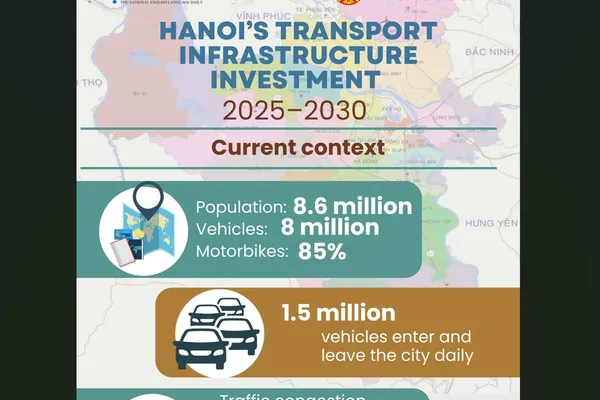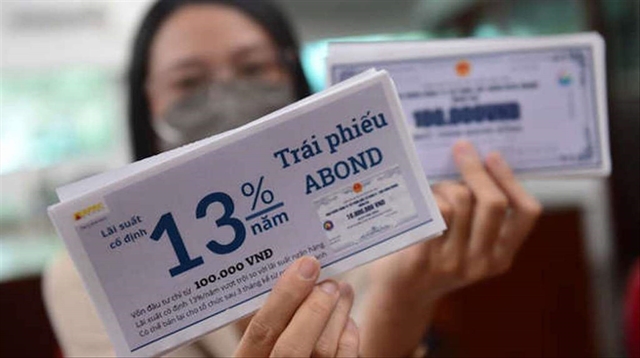 Society
Society

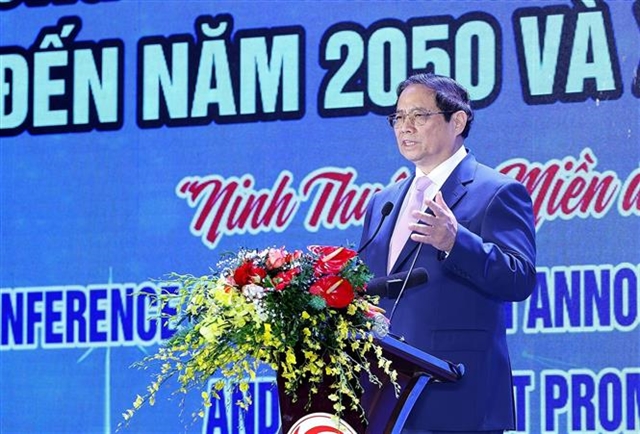 |
| Prime Minister Phạm Minh Chính speaks on Sunday at a conference held to unveil Ninh Thuận Province’s plans for 2021-2030. — VNA/VNS Photo |
NINH THUẬN — The south-central Ninh Thuận Province is poised for rapid economic growth as it shifts its focus towards maritime and urban development as key engines.
Speaking at a conference held to announce its plans for until 2030, Prime Minister Phạm Minh Chính commended the leadership for the province’s socio-economic achievements, especially in establishing a dynamic coastal economic zone.
The province achieved average annual growth of 8.6 per cent in 2010-23, surpassing the national rate. With a 9.4 per cent growth rate last year it ranked ninth out of 63 provinces and cities, and its economy was worth VNĐ52.7 trillion, 5.9 times the 2010 figure.
The plans envisage Ninh Thuận sustaining average annual growth of 10-11 per cent until 2030. It also aims to become a high-middle income province by 2030, with a per capita income of $8,200.
It wants the digital economy to make up about 30 per cent of its economy.
Industry is expected to make up 40 per cent of the economy, and “smart” agriculture for 7-8 per cent. It also targets having a 75-80 per cent trained worker rate, Human Development Index equivalent to the national rate, urbanisation rate of 55 per cent, and a poverty rate of below 2 per cent.
The PM called on the province to improve its transportation to cater to the specific needs of each urban area, and its ports like Cà Ná and Ninh Chữ port to function as regional hubs.
He exhorted it to use its abundant sunshine and wind to generate electricity and its diverse cultural heritage, and improve local living standards. He also called on the province to continue preserving and promoting its diverse cultural heritage, while simultaneously improving living standards for its residents.
The plan envisages focusing on tourism to ensure it accounts for 15 per cent of its economy by 2030, and becoming a competitive destination regionally and nationally.
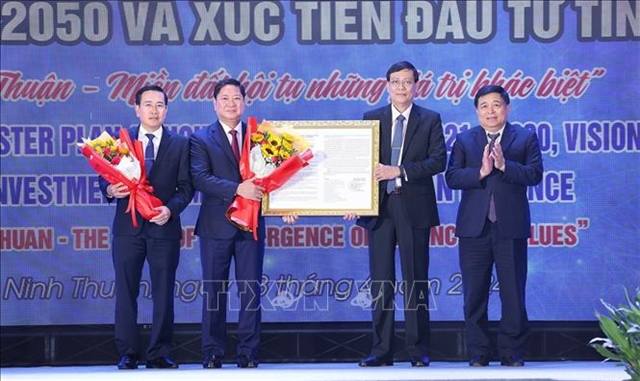 |
| Minister of Planning and Investment Nguyễn Chí Dũng presents documents approving Ninh Thuận province’s plans to its leaders at a conference held to unveil the province’s plans for 2021-2030. — VNA/VNS Photo |
Investment in priority sectors
The province is soliciting investment in 55 projects in priority areas such as renewable energy, services, tourism, manufacturing, smart agriculture, construction, and real estate.
At the conference, it awarded investment certificates for 14 major projects worth over VNĐ120 trillion.
Trần Quốc Nam, chairman of the provincial People’s Committee, said Ninh Thuận would offer favourable conditions to investors and proactively respond to natural disasters, disease outbreaks and climate change.
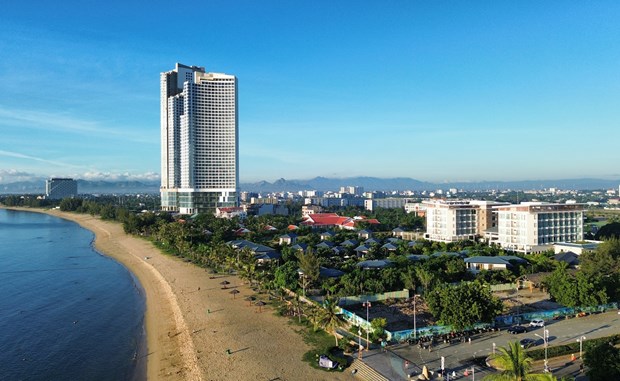 |
| Phan Rang-Tháp Chàm City in Ninh Thuận Province. The south-central coastal province will focus on developing its maritime and urban sectors as key engines of growth. — VNA/VNS Photo |
On the same day, Ninh Thuận Province celebrated the opening of the Cam Lâm-Vĩnh Hảo expressway section, which significantly reduces the travel time between HCM City and Nha Trang.
It opened to traffic on April 26, marking the completion of the route connecting the two cities. The 78.5km long expressway spans three central provinces, with 5km in Khánh Hòa, 63km in Ninh Thuận, and 12km in Bình Thuận. It includes 34 bridges and a 2.25km tunnel.
The new expressway section will create a seamless connection from Nha Trang to HCM City via the Vĩnh Hảo - Phan Thiết, Phan Thiết - Dầu Giây, and Dầu Giây - Long Thành - HCM City routes in the southern region.
Heading from HCM City, the section will link up with the Phan Thiết - Vĩnh Hảo Expressway.
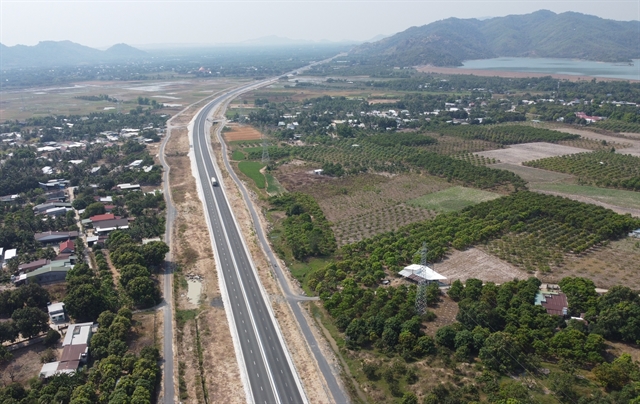 |
| The Cam Lâm-Vĩnh Hảo Expressway opened to traffic on April 26. - VNA Photo |
The expressway is equipped with an AI-driven intelligent transportation system for efficient traffic monitoring and safety. With its four lanes, it allows vehicles to travel at speeds of 60-90kph.
It cost VNĐ8.9 trillion ($356.64 million) to build under the public-private partnership model. — VNS


